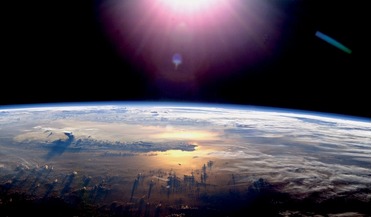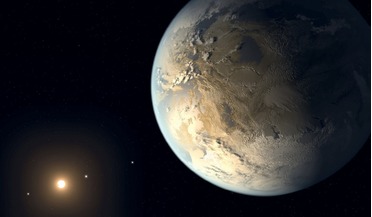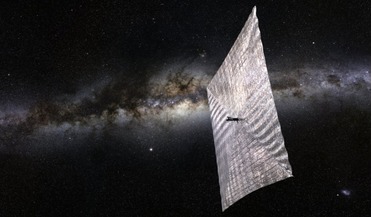 March 2016
Rosetta – Starting from Scratch
March 2016
Rosetta – Starting from Scratch
...environment for months or years while it travels around the Sun. The initial idea was even more ambitious - to land...: flying a solar-powered spacecraft at 800 million km from the Sun, hibernating a spacecraft for 2.5 years, navigating around a small, ...
 November 2016
Rosetta - an eventful cruise phase
November 2016
Rosetta - an eventful cruise phase
...of the spacecraft.. One month later, in early September, the Sun decided to frighten us, blinding the Rosetta Star Trackers by flooding...the spacecraft would not react to the loss of Sun presence by triggering survival modes. Rosetta flight control ...
 October 2017
Saving geostationary orbit
October 2017
Saving geostationary orbit
... warning of extreme space weather events generated by the Sun. Debris problem Fifty years of GEO operations has resulted...addition, the Yarkovsky effect – where energy absorbed from the Sun is eventually re-radiated away as heat, creating a tiny ...
 August 2018
Exoplanet census promises radical discoveries
August 2018
Exoplanet census promises radical discoveries
...exoplanets), which are planets that orbit stars other than the Sun. From the first exoplanet discovery (by Swiss astronomers, Michel...to search for and characterise Earth-like planets around Sun-like stars. A starshade and telescope flying in formation...
 November 2018
How many people does it take to colonise an exoplanet?
November 2018
How many people does it take to colonise an exoplanet?
...gives some cause for optimism. Orbiting the nearest star to the Sun, this is the closest exoplanet we can find. It is likely...km/s by taking advantage of the enormous gravitational pull of the Sun. But even this translates to a travel time to Proxima ...
 24 July 2019
LightSail 2 unfurls its sails and soars through space
24 July 2019
LightSail 2 unfurls its sails and soars through space
...around Earth powered by nothing more than the energy of the sun. This small shoe-box-sized cubeSat that now extends to ...orientation—a promising early sign the spacecraft is tracking the Sun properly,” The Planetary Society shared via its website. ...